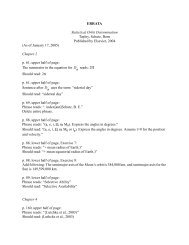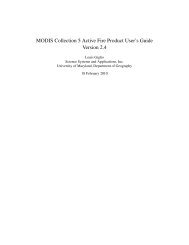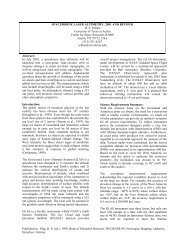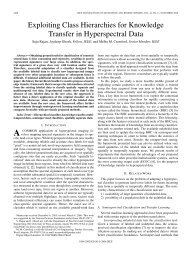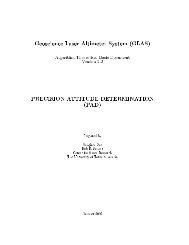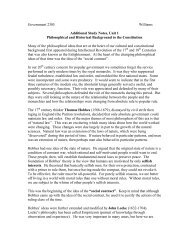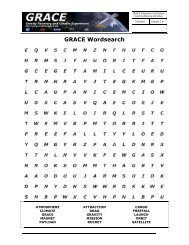Unit 3 Lecture Notes (PDF format)
Unit 3 Lecture Notes (PDF format)
Unit 3 Lecture Notes (PDF format)
- No tags were found...
Create successful ePaper yourself
Turn your PDF publications into a flip-book with our unique Google optimized e-Paper software.
1) hierarchical authority structure. Hierarchy refers to an organizational<br />
arrangement that puts few people with maximum power at the top and<br />
many people with little power at the bottom.<br />
2) Task specialization. Experts instead of amateurs perform technical<br />
jobs. People work on specific tasks rather than several things.<br />
3) Development of extensive rules. These may seem nit-picking at<br />
times, but it allows the organization to handle similar cases in a<br />
similar manner instead of capriciously.<br />
4) Operates on the merit principle. Entrance and promotion are awarded<br />
on the basis of demonstrated abilities rather than on “who you know”.<br />
5) Behave impersonally. Allows all clients to be treated impartially. In<br />
theory, they are politically neutral.<br />
6) Defined jurisdictions. These are created to accomplish definite and<br />
limited goals.<br />
In reality, modern bureaucracies differ greatly from this model. Modern<br />
characteristics include:<br />
1) instead of a single administrator heading an agency they are often<br />
headed by boards and commissions which act to diffuse authority and<br />
accountability.<br />
2) The are often characterized by overlapping jurisdictions. Limits on<br />
goals and authority are obscured, which leads to confusion and<br />
competition among agencies. Often there is also competition over<br />
funding, and agencies can at times be characterized as being<br />
overzealous. Furthermore, despite the overlap, there are often times<br />
when items will fall between the cracks of various agencies.<br />
3) Bureaucracies are not politically neutral. It is very difficult to get<br />
personnel to divorce themselves of feelings towards subjects within<br />
the political process.<br />
4) Rules designed to ensure consistency and fairness sometimes<br />
contradict one another.<br />
5) The role of the “expert” is often unclear. In addition, experts often<br />
disagree with one another, causing confusion over which path to<br />
follow.<br />
6) There is often a reliance on managers to oversee policy<br />
implementation and to act as brokers between citizens and elected<br />
officials. Layers of management often isolate the citizen-customer<br />
from key decision makers, causing great frustration to the citizens<br />
involved in the process.



